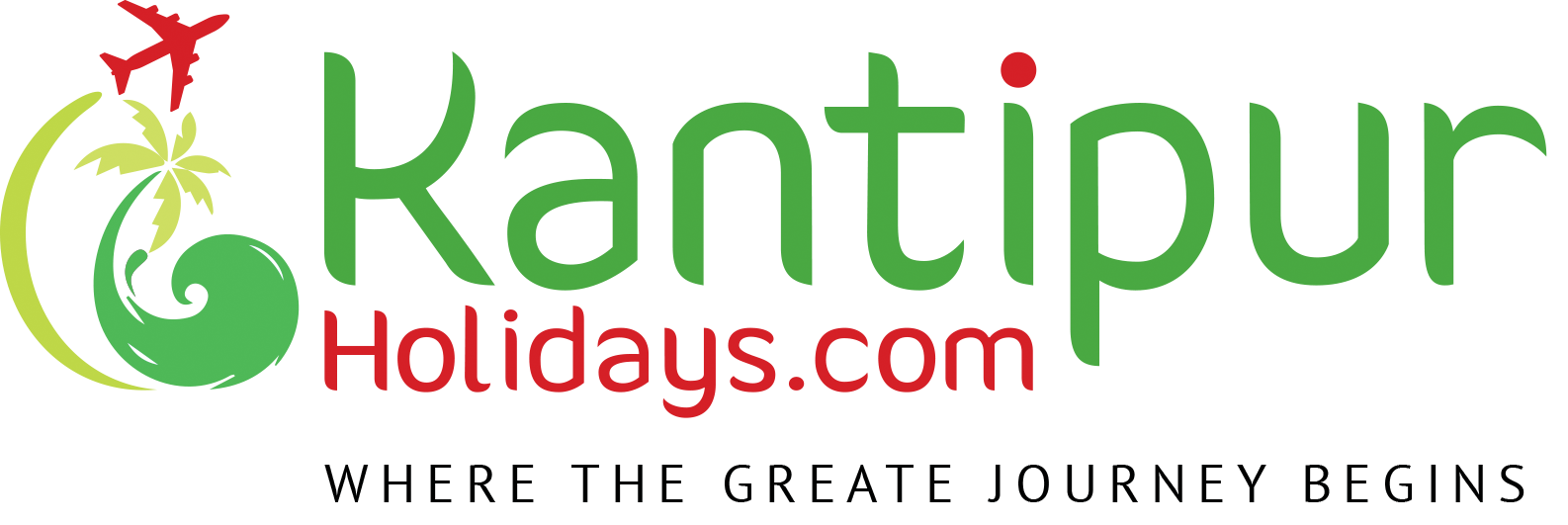BELGIUM
Main Destinations
Think of Belgium holidays like a box of its fine chocolates – full of flavors, some of which you didn’t quite expect, and always oozing with quality. Ideally, there is also more than one layer to explore, and Belgium cycling tours are a way to ensure that you look under the country’s covers to see what other treats are lurking. You pass through the regions of both Flanders and Wallonia when cycling between Amsterdam and Paris, for example, with the medieval marvels of Antwerp and Ghent end route.
Liège deserves a layer all of its own on our Belgium bike tours, which is why you spend two days in and around this ancient city on the River Meuse on our Tour d’Europa circuit of three countries, which also includes the entire International Meuse Cycling Route. It’s not all cities in Belgium’s box of beauties, however, with Hoge Kempe, the country’s only national park packed with cycling trails that are infused with more than a hint of fresh pine and heather.
Belgium also has not one, but three official languages. Luckily, more than half of Belgians speak English, so it’s easy to get around – just be aware of the monolingual road signage (the language will depend on where in Belgium you are). Here are our top tips to help you make the most of a trip to Belgium.
Tourism in Belgium is one of Belgium's industries. Its accessibility from elsewhere in Europe makes it a popular tourist destination. The tourist industry generates 2.8% of Belgium's gross domestic product and employs 3.3% of the working population (142,000 people).[1] 6.7 million people traveled to Belgium in 2005.[2] Two-thirds of them come from the larger nearby countries - France, The Netherlands, the United Kingdom, and Germany; there are also many tourists from Spain and Italy.
Like many national institutions in Belgium, the national tourist agencies are split along regional lines with two tourist agencies. They are the Belgian Tourist Office Brussels & Wallonia for the regions of Wallonia and Brussels Capital-Region, and tourism Vlaanderen covering Flanders, although it covers Brussels as well.
In 1993, 2% of the total workforce was employed in tourism, less than in many neighboring countries.[3] Much of the tourism industry is located either on the heavily developed coastline or in the Ardennes.[4] Brussels and the Flemish cities of Bruges, Ghent, Antwerp, Leuven, and Mechele, the Flemish Cities of Art, attract many cultural tourists.[2] Much tourism in Brussels is business tourism.
Belgium was ranked 21st on the World Economic Forum's 2017 Travel and Tourism Competitiveness report.[5] The country was placed 4th for "health and hygiene" and 6th for "ground and port infrastructure", but only 105th in the world for "price competitiveness" and 122nd for "natural resources". In recent years, the number of international tourists has exponentially grown as key figures shown by Tourism Vlaanderen
Main Destinations
Leuven Town Hall, Mons Belfry, Bouillon Castle, Grote Markt, Mechele, Antwerp Central, Tournai Cathedral, Gravensteen, Belfry of Bruges, Grand Place, Canals of Bruges
The location
Belgium is situated in the west of Europe, bordered to the north by the Netherlands, to the east by Germany and the Grand Duchy of Luxembourg and to the south and the west by France.
Capital city
The capital of Belgium is Brussels, the largest and most densely populated city in the country. Brussels is known for being a political, administrative, and economic center of Belgium and Europe. It is the de facto capital of the European Union, home to NATO headquarters, and serves as an administrative center for several other local and international organizations.
MAIN AIRPORT
The Brussels Airport is also called Lucht haven Zaventem Airport or the Brussels National Airport. The airport is located at a distance of 12 km from the city center of Brussels and connects Brussels to different destinations and European cities.
CURRENCY
The euro is the official currency of Belgium, which is a member of the European Union. The Euro Area refers to a currency union among the European Union member states that have adopted the euro as their sole official currency. In Belgium, interest rate decisions are taken by the Governing Council of the European Central Bank.
EMERGENCY CALLS
In a medical emergency as a result of an accident, violence, or a fire, call 100 (in Belgium) or 112 (valid throughout the European Union). Both of these numbers are free 24 hours a day from a landline, a public telephone, or a mobile phone (even when networks are not available or overloaded).
PEAK SEASON
The best time to visit Belgium is during the months of April, May, and June and between September and October. These are the times the weather conditions are perfect; festivals are abundant, nature is at its beautiful best and activities are aplenty.
LOW SEASON
The weather gets cooler, crowds dissipate, and the art scene heats up—a great time to see museums and galleries, with many cultural and seasonal events on offer.
TEMPERATURE
The annual mean temperature is around 50 °F (10 °C). Brussels, which is roughly in the middle of the country, has a mean minimum temperature of just below 32 °F (0 °C) in January and a mean maximum of about 71 °F (22 °C) in July.




